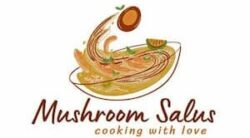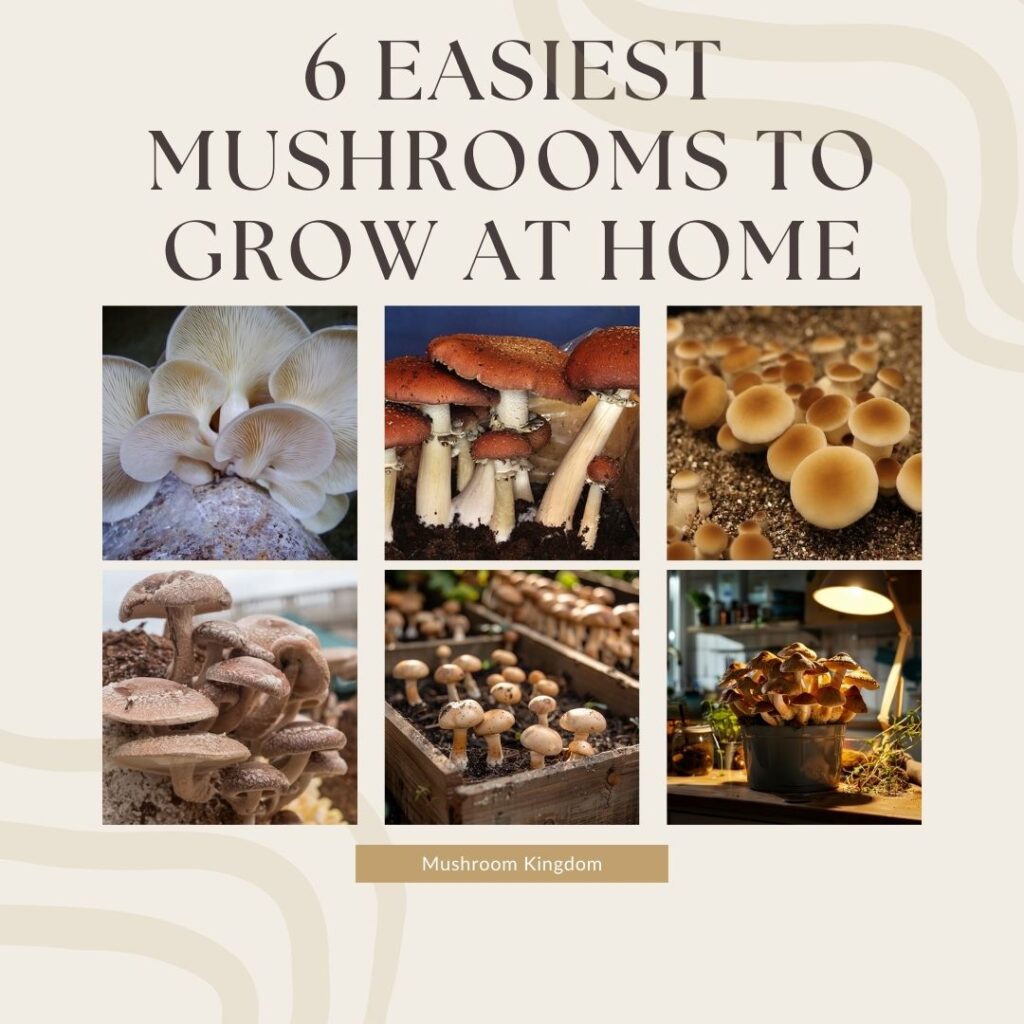
Following is a list of my 10 mushroom foraging tips for beginners preparing for going into nature and successfully picking up mushrooms.
1. Learn from an Expert
First and foremost, joining a local mycology club or going on a guided foraging tour with an experienced mushroom hunter can provide learning opportunities.
Experts possess a wealth of knowledge about mushroom identification and safe foraging practices. By observing and asking questions during these excursions, you gain practical experience and insights that books or online resources cannot fully convey.
Also, participating in a club connects you with a community of like-minded enthusiasts who share tips, experiences, and updates about local foraging spots. Therefore, learning from an expert not only boosts your confidence but also significantly reduces the risk of misidentification.
2. Get a Good Field Guide
Next, investing in a mushroom field guide proves essential for any beginner. Such guides typically feature detailed descriptions, photographs, and illustrations of various mushroom species found in your area.
They help you understand the distinctive characteristics of each species, including cap shape, colour, gill structure, and spore prints. Moreover, a good field guide will include information about the preferred habitats and seasonal growth patterns of different mushrooms.
Lastly, using a region-specific guide enables you to accurately identify mushrooms and understand their ecological contexts, making your foraging trips more productive and enjoyable.
3. Start with Easy-to-Identify Mushrooms
Finally, when starting out, focus on mushrooms that are easy to identify and have no poisonous look-alikes.
For example, morels, chanterelles, and puffballs are excellent choices for beginners. Morels have a distinctive honeycomb appearance, chanterelles feature a trumpet-like shape and a pleasant apricot smell, and puffballs are generally round and uniform in appearance.
Here is our list of the 10 most popular edible mushrooms you can identify.

By beginning with these easily recognizable species, you build your confidence and develop your identification skills without the risk of confusing them with toxic varieties. As you gain more experience and knowledge, you can expand your foraging repertoire to include more challenging species.
In conclusion, starting with easy-to-identify mushrooms allows you to safely enjoy the rewards of foraging while you learn and grow as a mushroom hunter.
4. Understand the Environment
To become a successful mushroom forager, you need to learn about the types of environments where different mushrooms grow.
Mushrooms often have specific preferences for certain trees, soil types, or moisture levels. For example, chanterelles frequently thrive in mixed hardwood forests, particularly near oak and birch trees, while morels often emerge in areas with ash, elm, and apple trees, especially after a fire.
Understanding these preferences can enhance your foraging efficiency.
Therefore, when planning a foraging trip, research the preferred habitats of your target mushrooms. Visit those environments and observe the conditions. Over time, you will develop an intuitive sense of where and when to look for various species, greatly increasing your chances of finding them.
5. Safety First
When it comes to foraging, safety must always be your top priority. Never consume a mushroom unless you are 100% certain of its identity.
The world of mushrooms includes many species that look remarkably similar to one another, with some edible mushrooms having toxic look-alikes. For instance, the edible honey mushroom can be confused with the deadly galerina.
To avoid potentially life-threatening mistakes, thoroughly verify your identification through multiple sources, such as field guides, expert consultations, and reputable online resources.
Additionally, consider using a field test or cooking a small amount to check for adverse reactions. Consequently, by prioritizing safety and exercising caution, you protect yourself from severe illness or death, ensuring that your foraging experiences remain enjoyable and rewarding.
6. Use Multiple Identification Methods
Relying on a single characteristic to identify a mushroom can lead to dangerous errors. Instead, use a combination of features to make a confident identification.
Start by examining the cap shape, color, and texture. Then, look at the gills or pores underneath the cap, noting their arrangement and attachment to the stem. Check the stem’s characteristics, including its color, texture, and presence of any rings or volvas.
Additionally, perform a spore print by placing the mushroom cap on a piece of paper and observing the color of the spores that are released. Habitat is another crucial factor; knowing where a mushroom typically grows can provide vital clues.
7. Be Aware of Seasonality
To maximize your foraging success, you need to understand the seasonality of mushrooms.
Different species thrive at different times of the year, influenced by temperature, moisture, and other environmental factors. For example, morels typically appear in spring, often around late April to early June, depending on your location.
Chanterelles, on the other hand, usually emerge in mid-summer and can be found through early fall. By learning about the seasonal patterns of mushrooms in your area, you can plan your foraging trips more effectively.
Moreover, paying attention to recent weather conditions, such as rainfall, can help you predict mushroom flushes.
8. Practice Sustainable Foraging
When foraging for mushrooms, it is crucial to practice sustainable foraging to protect the environment and ensure that mushroom populations remain healthy. Always take only what you need and leave some mushrooms behind.
This practice allows the remaining mushrooms to mature and release spores, ensuring future growth. Additionally, avoid damaging the surrounding environment.
Carefully harvest mushrooms by cutting them at the base with a knife rather than pulling them out, which can disturb the mycelium network underground. Stick to established paths to minimize trampling vegetation.
9. Check for Local Regulations
Before you head out to forage, it is essential to check for local regulations regarding mushroom foraging.
Different areas may have specific rules, including permits, restrictions on the amount or types of mushrooms you can collect, and designated foraging zones. Some regions might prohibit foraging altogether to protect endangered species or fragile ecosystems.
Ignoring these regulations can result in fines or legal trouble. To avoid these issues, contact local authorities or conservation organizations for information on the rules in your area.
Additionally, respecting these regulations helps protect natural resources and promotes responsible foraging practices.
Therefore, by staying informed and compliant with local regulations, you can enjoy foraging while ensuring that you are acting responsibly and legally.
10. Keep Records
Documenting your foraging experiences with notes and photos helps you learn and remember different species and their identifying features.
Start by recording the date and location of each find, noting specific environmental details such as the type of forest, the presence of certain trees, soil conditions, and weather patterns. These details can help you understand the conditions that favor the growth of particular mushrooms.
Next, take clear, close-up photographs of the mushrooms from multiple angles. Capture images of the cap, gills or pores, stem, and any distinctive features such as rings or volvas.
Also, photograph the mushroom in its natural habitat to provide context. These photos serve as valuable references when comparing your finds to field guides or consulting with experts.


